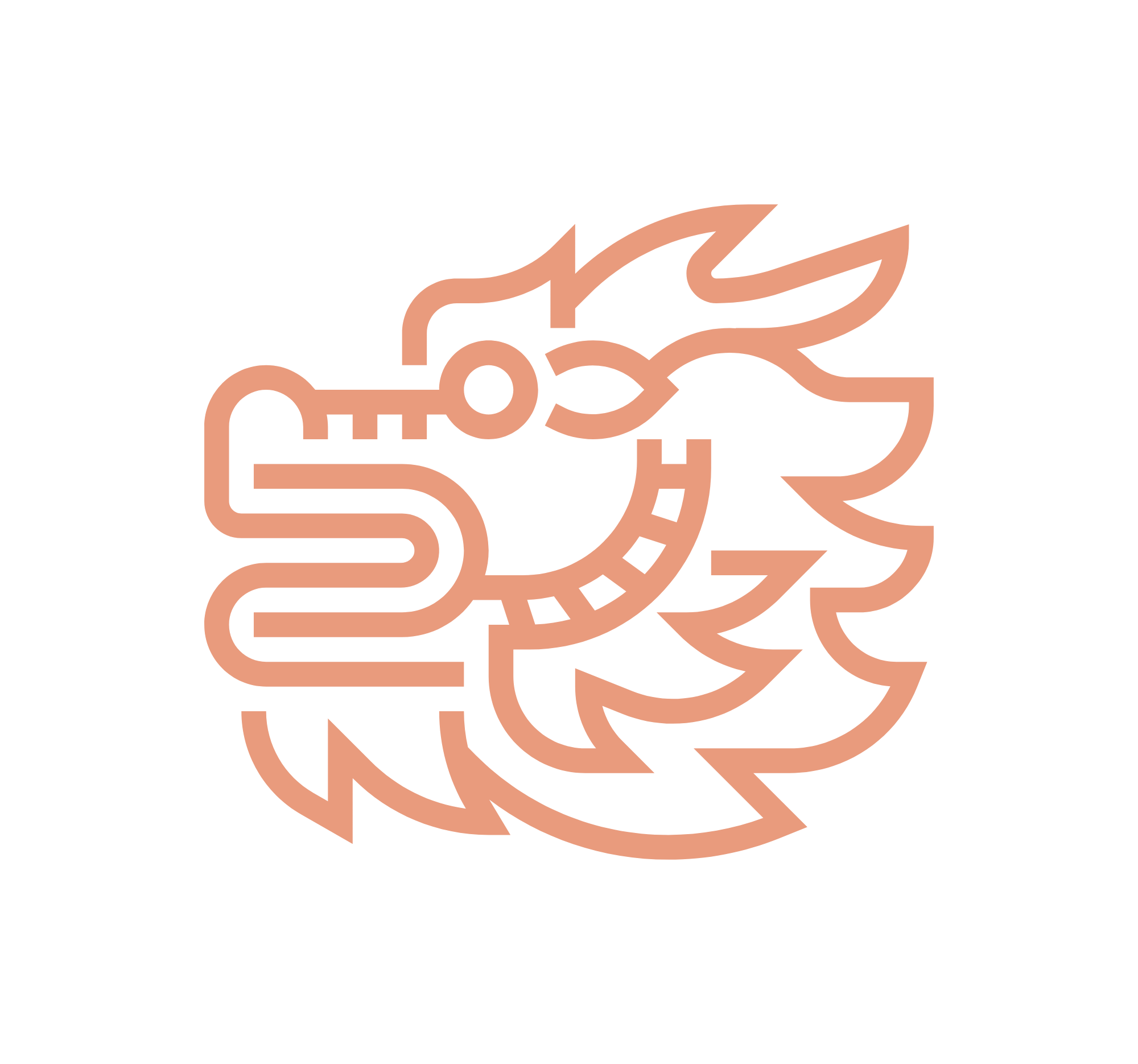Nutrition according to Traditional Chinese Medicine
There are many ways to find your way to Tai Chi. In any case, turning to Tai Chi usually comes with an enhanced self-awareness, which in turn lets you consider also the nutritional part of your life. The goal is more mental and physical energy, which is not only fundamental for our overall health but also for our breathing and Tai Chi or Qi Gong moves.
Considering the benefits of nutrition, it is worthwhile to take a look at the principals of nutrition according to traditional Chinese medicine (TCM).
Today, nutrition and the value of food is often very much neglected. Most of us don’t even think twice, they just eat, whatever becomes available at any time of the day. We got used to discomfort after meals. Indigestion, flatulence, acid regurgitation seems to be our companion that we cannot get rid of. However, if we don’t pay attention to it, we may end up with some chronic discomfort. Paying more attention to healthy nutrition on the other hand, may prevent many ailments such as freezing, ostealgia, headaches, and migraines to name only a few.
Interestingly, the Western medicine just recently is paying more attention to the connection between nutrition and health. Traditional Chinese medicine, however, marked the interaction between nutrition and therapeutic actions for centuries. In the center of TCM’s nutritional teaching is the life energy Qi and the balance between the opposing forces of yin and yang.
The life energy Qi is an assumed inner energy potential that everyone of us has. While a part of it is based on heredity, the other portion is formed daily through nutrition, breathing and the interplay of yin and yang, which means, that we can positively influence it. In addition, every organ has its own Qi. In an ideal case, when we are healthy, Qi is evenly distributed within our body and can flow freely throughout our organ system. Only if this flow is disrupted or Qi is lacking altogether, illness will be the consequence.
Yin and Yang, on the other hand, stay in close relationship to each other and in an ideal case, generate Qi and have it flow throughout our body. As long as the flow is not disturbed in any way and yin and yang are in harmony with each other, health prospers.
Any kind of stress, physical or emotional, may disturb this harmony, as does poor nutrition.
The energy flows in so called meridians, which are pathways that connect inner and outer parts of our bodies and provide communication pathways between our organs. The end point of the meridians, on our body’s surface can be used to influence the flow of Qi by acupuncture.
Coming back to the nutritional point of view, TCM distinguishes between five thermal natures of food. These are cold, cool, neutral, warm and hot.
These thermal natures are based on the sensation; your body feels after consumption of food. Not to be confused with the physical temperature of food. A watermelon, for example, is cold while potatoes are assumed neutral.
In addition, each food is associated with one of five flavors according to the Five Element Theory. These are sweet, acrid, salty, sour, and bitter.
Each of this flavors is accompanied with certain body functions. The sweet is to tonify or strengthen, moisten, and calm the body. The acrid helps to disperse, invigorate, and warm it. The salty on the other hand cools, softens, and loosens, while the sour astringes, gathers, and preserves. Last but not least, the bitter dries, hardens, and cools the body.
Each of these flavors is associated with organs and meridians. The sweet flavor belongs to the organs spleen and stomach. Sweet means natural sweetness, such as grains, fruits, and vegetables – not refined sugar or any other artificial sweeteners. Sweet food nourishes and moistens the body, while deficiency creates dampness and mucus, which in turn may lead to weight gain, corpulence, tumors, etc.
While the concept of TCM may need some getting used to for us, there are some simple rules to follow:
1. Eat regularly, three meals a day
2. Don’t over eat
3. Eat a solid, warm breakfast, a good lunch and only moderate dinner
4. Refrain from eating processed foods, junk food, and refined sugars
5. Eat in season, avoid raw vegetables
6. Eat a variety of grains including millet, spelt, quinoa, and buckwheat. Minimize wheat products.
7. Mix all of the five flavors to your meals
8. Refrain from eating after 7 pm
9. Drink warm water
